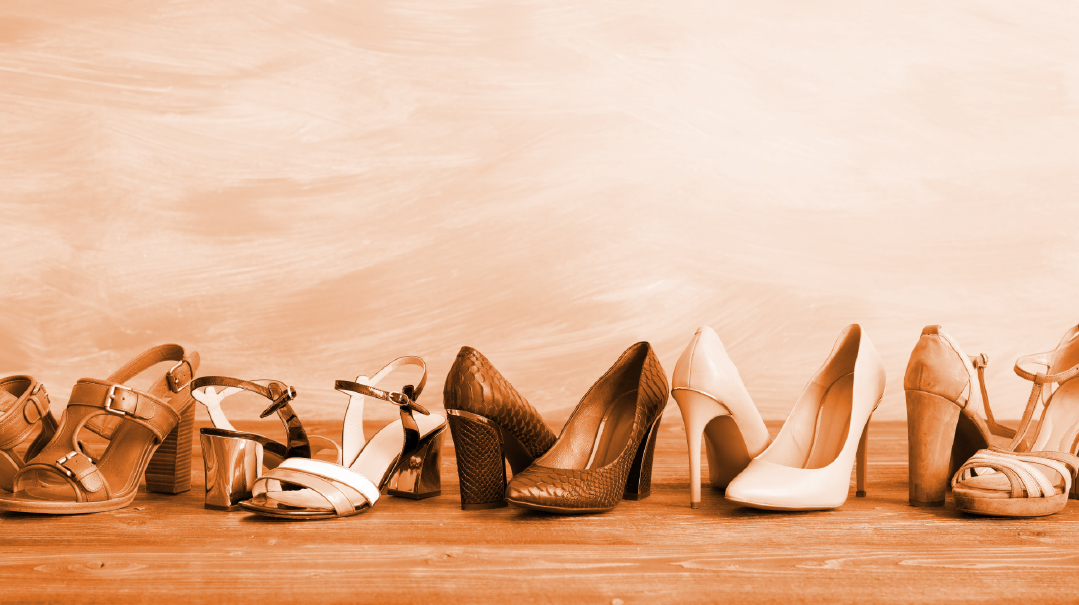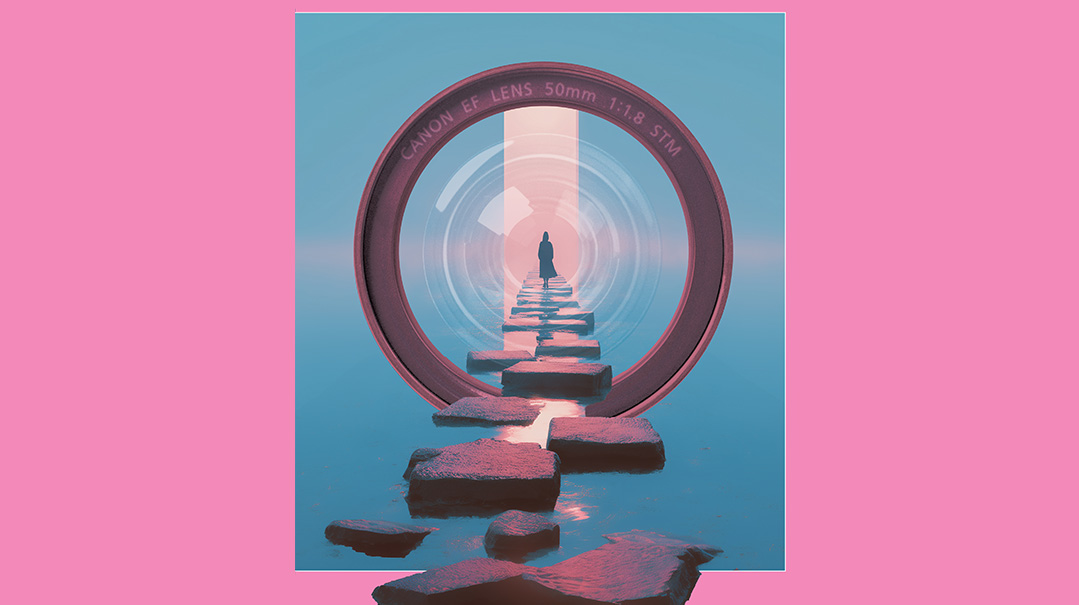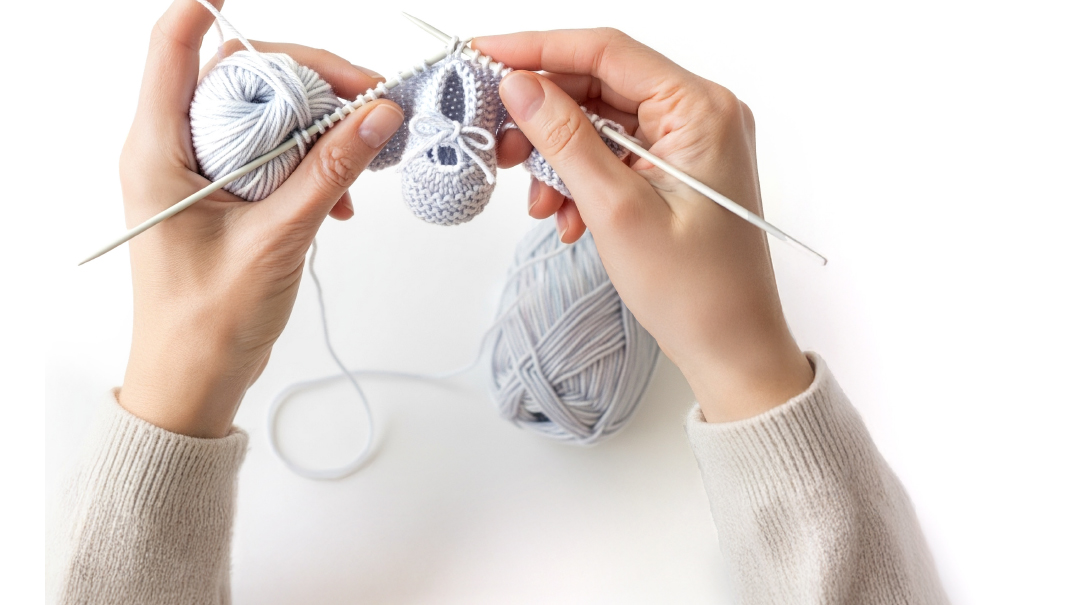Walk in Her Shoes
| August 24, 2021The starring roles shoes have played in ten writers journeys

Steps of Growth
Elana Rothberg
She claims I have to, there’s no choice. She’s coercing me into doing what goes against every grain of my sentimental being.
But do it, I must. She is my mother.
My parents are moving, and she claims they’re not bringing these to their new place.
So I sit there in my walk-in closet, surrounded by shoes: pairs and pairs, a motley collection spanning 15 years. My husband sits at my side offering moral support and gentle insistence.
I begin with the oldest pairs; I assume these will be the easiest to dispose of. My hands trail along the stilettos, the purple snakeskin heels, the strappy gold wedge sandals.
This is the footgear of my high school self, the one who, even within the house, would hover slightly above others — perhaps to compensate for a deep sense of lesser-than. That girl’s fashion flair is familiar, but despite the hefty price tags of her clothing, the affinity for flash feels cheap.
I would never wear these glamorous shoes in my chareidi neighborhood in Yerushalayim. And yet, here I am, missing those parts of me, compassionate to the pain of my younger self.
With nostalgia and a smidgeon of sympathy, into the garbage bag I place them.
On the next shelf there are the remnants of “a brief phase,” as my mother likes to say. There lay my Birkenstocks, bringing with it signs of my hippy parts, clad in long flowy skirts and denim shirts. Those shoes look barely worn-in, and their appearance tells of their brief sojourn on my feet.
This good-bye is easier, even comical. Into the garbage bag they go.
The next shelf jolts a wham of memories so strong, I nearly want to tell my husband we’re bringing these shoes back home with us. These are the shoes I purchased after shanah aleph and shanah bet in seminary: black, staid, nondescript flats. Dusty with the land of Eretz Yisrael, flattened and bruised from miles walking Jerusalem hills.
These aspects of myself feel familiar: the deep desire for ruchniyus, the shunning of gashmiyus, the idealism, the confusion, the certainty of emes. The rigidity of youth, the strong demarcations of “right” and “wrong,” the stubborn, beautiful, maddening focus.
I sense those truths bubbling inside, but now I’ve outgrown those perspectives. Not because I don’t agree, but nuance has shifted my shape; these shoes no longer feel comfortable.
A sense of longing, and perhaps a whiff of regret, takes over. They join the others in the garbage bag.
I look down at my feet. I’m wearing my favorite Sperrys: coral colored, they’re as comfortable as they come. That’s a necessity while running after my brood. I don’t own a single pair of heels. I convince myself that my Sperrys and Toms and Cole Haans are fashionable-enough. I have them in a range of colors: maroon, ocean blue, turquoise green. They match my life.
It’s been a fun trip down memory lane. I thought I’d be saying goodbye to parts of myself; instead, I’ve noticed the integration of so many aspects of my younger years.
By the day’s end, my shoe rack is bare. I feel full.
Oops! We could not locate your form.







